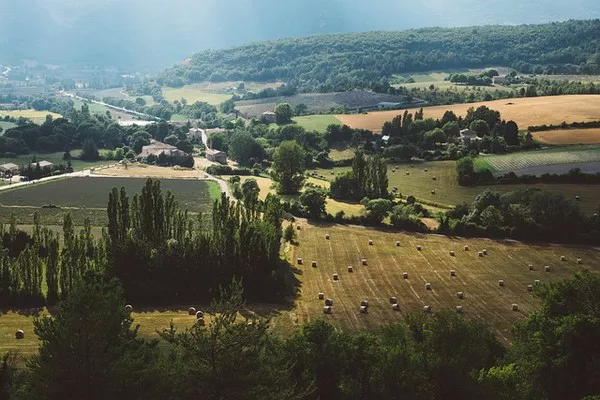In recent weeks, the devastating wildfires that have ravaged Hawaii find their origins, in part, within the proliferation of invasive grasses. These aggressive plants have taken root on lands once occupied by sugar and pineapple plantations, fueling the destructive infernos.
Michele Steinberg, the Wildfire Division Director at the National Fire Protection Association, underscores the varying flammability of different plants. However, she emphasizes that no plant is inherently fireproof; the right conditions can turn any plant into potential tinder.
Conditions conducive to ignition include poor pruning, inadequate watering, and improper sanitation practices that permit the accumulation of dry, dead plant matter on soil surfaces in high-risk zones.
For those residing in fire-prone areas or regions experiencing elevated fire risks due to climate change, it is imperative to discern which plants offer resistance to fires and which are more susceptible.
Swift Ignition Risks
Certain plants, rich in aromatic oils, resins, waxes, or gummy sap, are particularly prone to quick ignition, even if they are well-maintained and watered. Examples of these include acacia, bamboo, eucalyptus, Japanese honeysuckle, rosemary, and the gas plant, aptly named for the flammable vapor emitted by its blossoms and leaves.
Trees with peeling, papery bark, such as river birch, generally exhibit higher flammability than those without. Fine-needled evergreen shrubs and trees, including cedar, cypress, fir, juniper, pine, and spruce, contain volatile saps and resins that contribute to their susceptibility to fires. Dropped needles from these trees, when allowed to desiccate on the ground or rooftops, further elevate the fire risk. Notably, redwoods buck this trend due to the presence of tannic acid in their bark, rendering them fire-resistant.
Numerous grass varieties, like buffel, molasses, and guinea types, along with fountain and feather grasses, rank as highly flammable. Their vulnerability escalates when they remain dry during winter or drought periods; prolonged dry heat causes moisture evaporation from both soil and plants, rendering them akin to kindling.
Native vs. Invasive Plants
Although native plants are not inherently less flammable, nonnative invasive species often amplify fire risks due to their rapid spread. These plants commonly withstand heat, drought, and heavy rains, while also outcompeting native vegetation. They create expansive areas that can be easily ignited by even minor sparks.
For optimal fire resistance, experts advise the preference of deciduous trees, such as ash, crabapple, dogwood, locust, maple, and oak, over fine-needled evergreens. Succulents with water-filled leaves, like ice plants and sedums, possess slower ignition rates, as do specific groundcovers like ajuga and creeping phlox.
Plant Characteristics for Fire Resistance
The Washington State University Extension Service highlights key characteristics for fire-resistant plants:
High Moisture Content: Leaves with higher moisture content ignite and burn more slowly.
Minimal Accumulation of Dead Vegetation: Plants that don’t accumulate dead material seasonally are less likely to fuel fires.
Open Branching Habits: Open branching structures provide less fuel for fires.
Fewer Total Branches and Leaves: Reduced branches and leaves translate to less fire fuel.
Slow Growth: Slow-growing plants require less pruning, maintaining an open structure.
Non-Resinous Material: Plant parts lacking resins, oil, or wax are less prone to ignition.


